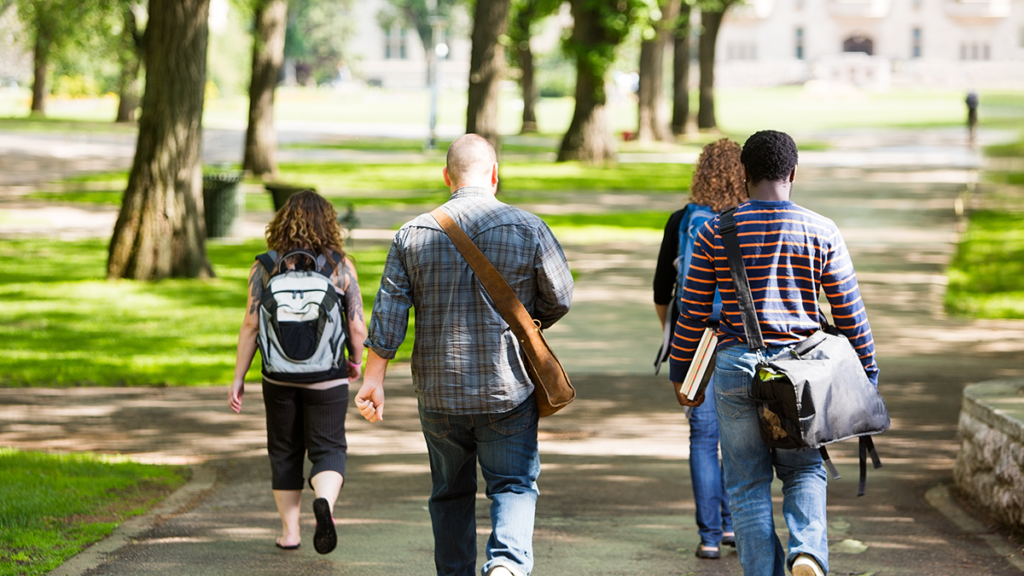We can all agree that a goal during the COVID-19 pandemic is to get our schools reopened as safely and as quickly as possible given the many known and established benefits of in-person learning. What has become clear is that all educational systems need strategies and tactics for safe day-to-day operations that can be adopted implemented to slow the spread of COVID-19 inside of the institution and into the surrounding community. Vigilance and adherence to these actions will moderate the risk of in-school transmission regardless of the underlying community burden – with the potential of low community transmission provided there is fidelity in the implementation of proven mitigation strategies.
Planning and preparedness are the most important actions school administrators can take before reopening in-person services and facilities. To best prepare, schools should expect that students, teachers, or staff may contract symptoms consistent with COVID-19, and schools must know what to do when this happens. More importantly, every school should have a plan in place to protect staff, students from the spread of COVID-19 by implementing first and second level disease surveillance tools and methods as well as a mitigation and response plan for if/when a student, teacher, or staff member tests positive for COVID-19.
One thing is clear: getting “back to school†will require a hyper-focus on teacher and student safety, optimized supply chain and logistics monitoring, and facilitating a safe environment for employees and students alike. Revenue and reputation are both at stake.
Blueforce edge IoT technology is being used to augment a wide array of business processes for outbreak prevention, enabling intelligent workflows for human traffic management, and creating a safer education environment specific to COVID-19 detection and mitigation. Blueforce’s edge-based IoT sensor fusion technology supports a wide array of sensors, workflows, and AI that include:
- People and vehicle counting: A repurposing of our national security sensors and cognitive services to anonymously count people as they approach school facilities, but also vehicular traffic, provides awareness that conveys timing, volume, and directional flow of instructors, students, and other employees coming into school buildings. This capability yields the real-time data to enable predictive flow control and just-in-time redirection of human traffic to minimize human clustering.
- Pre-entry wellness checks: A repurposing of national security thermal and hyper-spectral imagers to detect elevated body temperature which can fuse with, and correlate data, with other facility sensors. Lobbies and other entry chokepoints play a critical role in screening for health, facilitating authorized entry, and enabling social distancing. For visitors to a campus, standoff screening (left of diagnosis) becomes even more important.
- Autonomous signaling of smart signage: Because the Blueforce edge IoT platform fuses and cues a wide range of sensors and can also include real-time AI-enabled stream analytics, autonomous recognitional support is enabled. This allows various COVID specific workflows and business rules to be enacted and communicated via next generation Smart Displays like those from Samsung, allowing hyper-local switching of signage content when sensors detect human clustering or people with elevated body temperature.
While the education business process and “new ways of doing things†will be essential, IoT sensors and AI-enabled workflows will accelerate the recognition and real-time interventions needed to keep the business environment safe for employees and customers alike. For more information, call us at 866-960-0204, or send an email to info@blueforcedev.com.
